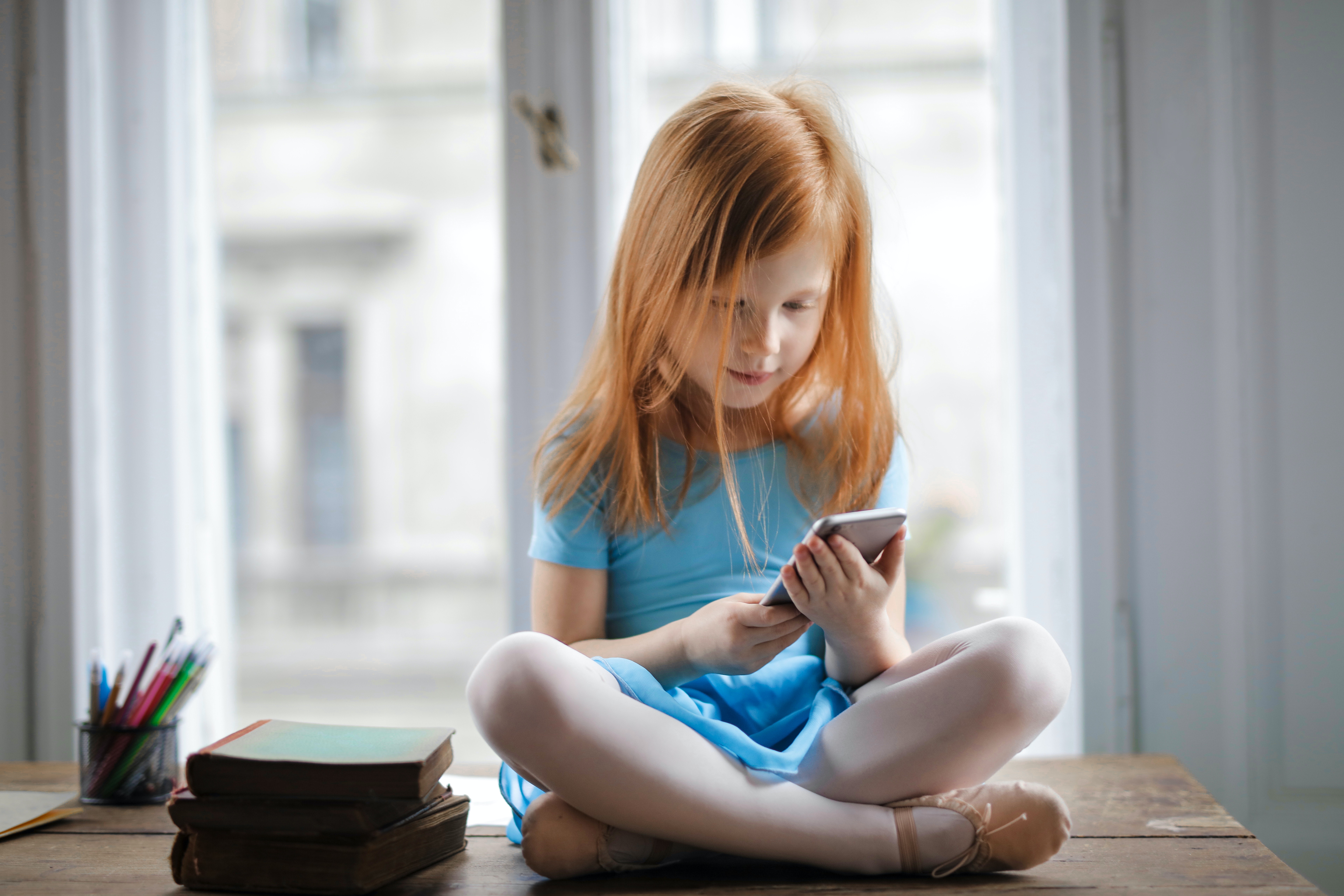
According to the eSafety Commissioner, 26% of kids and 75% of teens are using Facebook, and 24% of kids and 70% of teens are on Instagram. The stats are similar across various other social media sites and digital platforms, particularly as we’re seeing social media become the main form of communication for young people.
With more and more children using social media as their main form of communication, it’s important to consider what parents can do to keep them safe online.
When used in a responsible way, social media can be a great way of connecting with people. However, it’s important that we recognise and try to address the harms that can come with using these platforms inappropriately or irresponsibly, especially when it comes to children. Below are a few tips that parents can use to make sure that they’re fostering good browsing habits for their children on socials media.
Consider the minimum age requirements
It’s important to remember that while your child might think that they are ready to join social media, minimum age requirements are in place to protect them and their data. Below is a table that shows the most commonly used social media sites, and the minimum age requirements for each site.
|
Platform |
Minimum age requirement |
|
|
13 |
|
|
13 |
|
|
13 |
|
|
13 |
|
Google+ |
13 |
|
Tumblr |
13 |
|
|
13 |
|
|
14 |
|
|
16 |
|
Vine |
17 |
|
YouTube |
18 |
|
|
18 |
While most platforms regulate inappropriate or graphic content, some unsuitable content can still slip through the cracks. It’s important to be prepared that if your children are on social media, they may experience content that is not appropriate for their age. If you don’t know how your child will handle seeing such content, they might not be ready for social media just yet.
Likewise, if you suspect that your child isn’t aware of what is and isn’t appropriate to upload to social media, it’s a good idea to have a conversation with them about what they should or shouldn’t be uploading. The eSafety Commissioner has released a child-friendly guide about sharing photos and personal information online, which can be found here.
Platforms like Facebook, Twitter and Instagram will often collect data that helps them to determine what sort of content to show you on your feed. This could include data about who your friends are, what posts you’ve liked or disliked in the past, or anything you might’ve searched for. This is sensitive information and can work against us if we’re not aware of how it’s being used. In fact, there are laws that regulate the collection and storage of childrens’ personal information. Data like this is most often used for targeted advertising, but there is the chance that it can be passed on to other organizations.
There are some platforms that have been created specifically for children, like Facebook’s Messenger Kids or Google’s YouTube Kids, which use more advanced safety and privacy features to better protect users. They also give parents more control over who they can communicate with. While they may be a safer option, it’s important to remember there are still risks on these platforms.
Changing device settings and in-app privacy settings
There are privacy settings both within social media apps and on devices that can be used to protect sensitive information. These settings can help limit the chances of children being exposed to harm without stopping them from enjoying social media.
Smart phones will allow you to turn off some settings that give social media apps access to sensitive information. For example, we’d recommend that you turn off any location settings if your children are going to be using social media. You can also block an app’s access to photos and contacts. Generally, iPhones allow for more privacy controls, particularly when it comes to sharing data with apps.
All social media apps will also have privacy settings that you can change to better protect your child’s account. You can manage and filter comments (or even turn off comments completely, depending on what you’re comfortable with), limit content to ‘close friends’ only, and restrict suspicious accounts. One of the more important settings is making sure that childrens’ social media accounts are set to private, so that only approved followers can see any posts your child may have made. The eSafety Commissioner has a guide for parents looking to utilise these features. This can be found here.
Talk to your child
Ultimately, whether you allow your children to join social media comes down to how comfortable you are with your child’s understanding of their own safety.
The best way to determine how seriously they’re going to take their safety is to talk to them. The e-Safety Commissioner has released a list of questions that you might like to discuss with your children to check in on their online safety habits. Some of these include:
- Is your child able to withstand negative online experiences?
- Does your child understand the importance of protecting their personal information?
- Does your child understand how privacy settings for social media work?
- Does your child understand what is safe to share online?
- Does your child know how to report cyberbullying and other kinds of abusive content?
- Is your child willing to let you establish clear rules and supervise their social media activity?
The full list of questions can be found here.

Comments powered by CComment